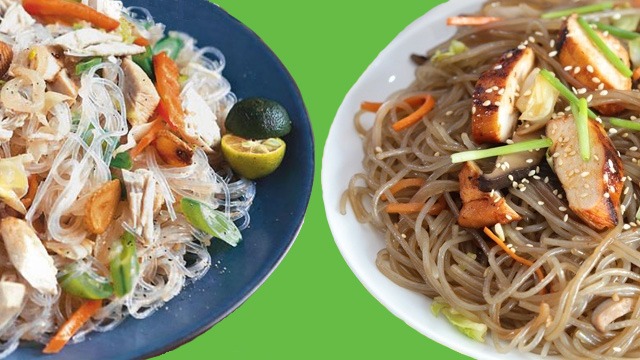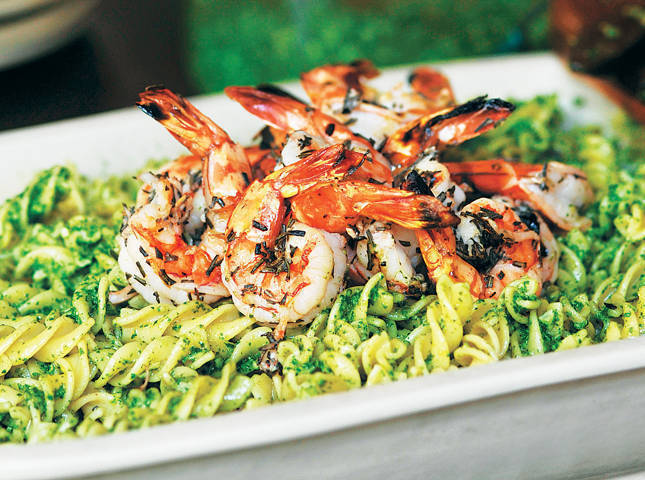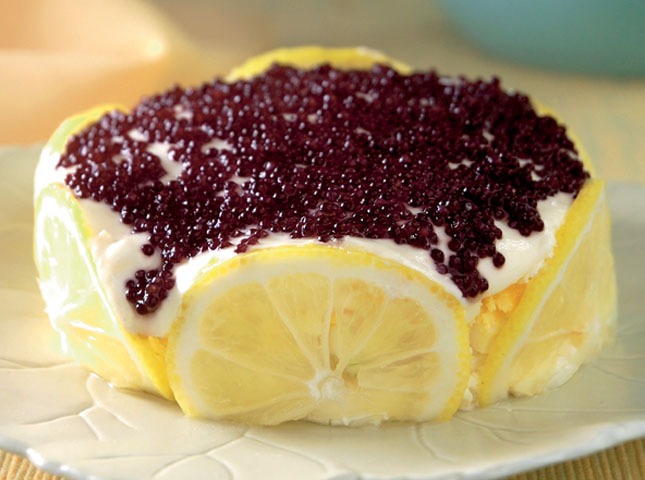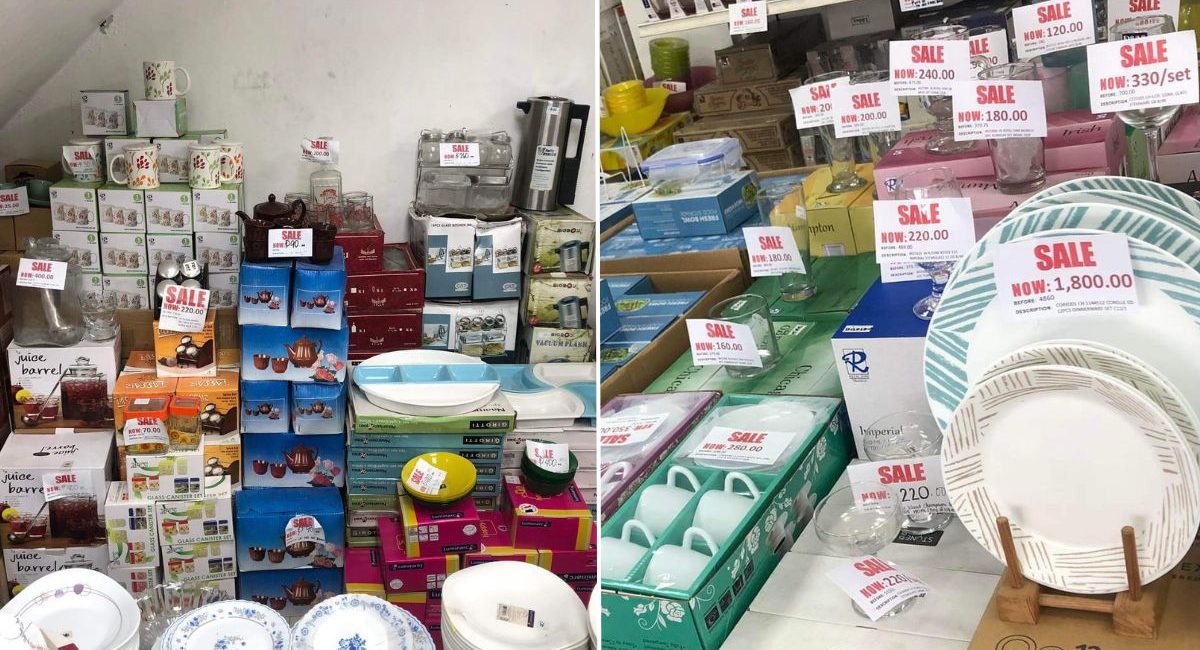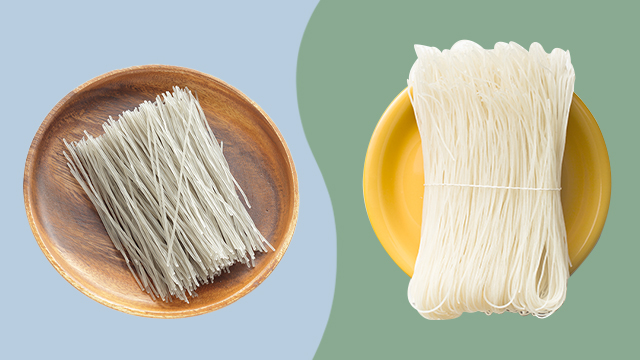
Take a look at the cuisines of the world and you’ll find that many countries have some kind of noodle as part of their local dishes. That’s very common with Asian countries, and for us Filipinos, that’s the pancit. In fact, travel from region to region around the country, and you’ll find different recipes for different kinds of pancit. Some are popular and some have taken on the name of the province such as Malabon or even the way it’s eaten. One of the popular pancit noodles you’ll find being used in many dishes is the bihon or the rice noodle.
It’s a kind of noodle that is classified as a glass noodle, and this variety of Asian noodles includes the mung bean or cornstarch noodle the sotanghon and the Korean glass noodles. You already know how the sotanghon and Korean glass noodles are different. Here are the differences between the glass noodle of Korea and the rice noodle, aka the bihon:
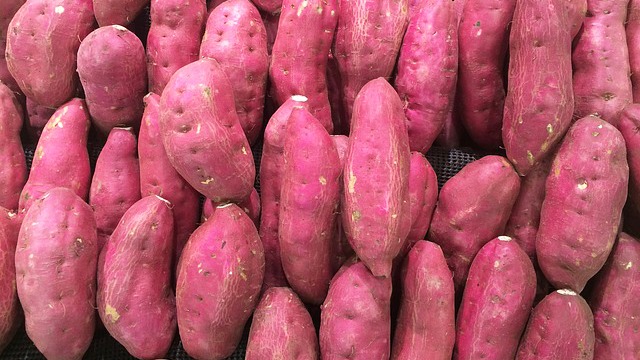
1 Rice noodles are made with rice but Korean glass noodles are made with sweet potatoes.
This is what makes these two noodles so different: the kind of starch that is used to make the noodles. Where bihon is made with rice, the Korean noodles are made with kamote or sweet potato. You may have seen footage from your favorite K-dramas and K-pop stars enjoying roasted sweet potatoes and it’s this ingredient that makes the noodles so unique.
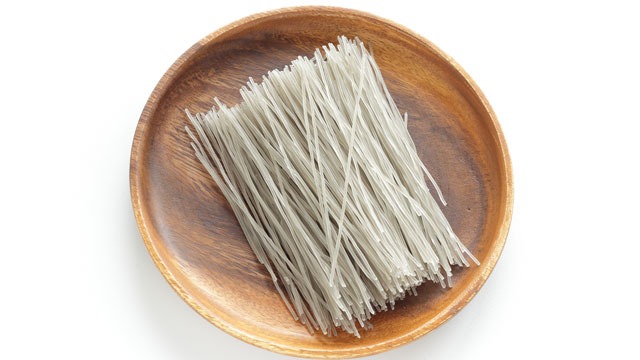
2 When dried, rice noodles are white in color. Korean glass noodles are a translucent grayish-green color.
Rice noodles look like rice or bigas but in noodle form, so it’s white in color with a translucent quality to it. The Korean glass noodles meanwhile are a grayish-green color. This color is likely from the kind of sweet potatoes used for the noodles, most probably the white sweet potatoes which, when cooked, turn the white flesh almost gray.
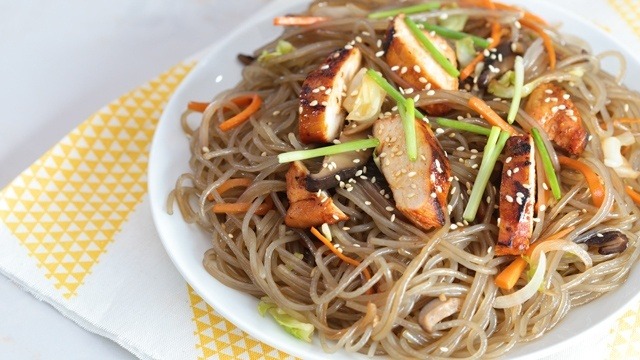
3 When cooked, rice noodles turn translucent white. Korean glass noodles stay a translucent gray-green hue.
Both kinds of noodles need a liquid to soften, and it’s this flavorful liquid that may change the color of the noodles when cooked. Dark ingredients such as soy sauce, oyster sauce, and even reddish-hued condiments such as ketchup and hot sauces can color the noodles. However, simmer the noodles in a clear liquid and you’ll see that the difference in color stays true. Rice noodles turn white to almost translucent white in color when cooked. The Korean glass noodles however stay a gray-green color.

4 Rice noodles break easily while Korean glass noodles have a slight chewiness.
Another point that makes these two noodles different is the texture of the noodles when eaten. Rice noodles easily break which is evidenced when you eat pancit bihon. You don’t need to fight it out with your noodles to enjoy them.
Korean glass noodles meanwhile have a springiness to them, a slight chewiness that is perfect for stir-frying with larger chunks of ingredients.
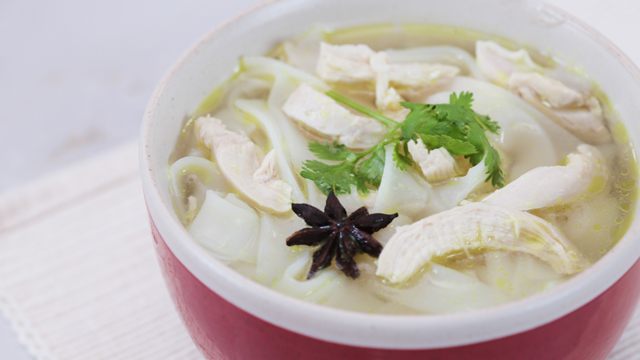
5 Rice noodles are available as flat noodles, too.
It’s obvious that the sweet potato glass noodle is Korean. Unlike Korean glass noodles, rice noodles are quite popular in other countries as well. It’s available in other forms apart from the long thin strands of the common bihon. The noodles in your bowl of Vietnamese beef pho is a kind of rice noodles that is flat. It’s the same kind of noodle that you’ll find in the Thailand noodle dish pad Thai. Even Singapore has a version of our pancit bihon recipe!
Recommended Videos
***

